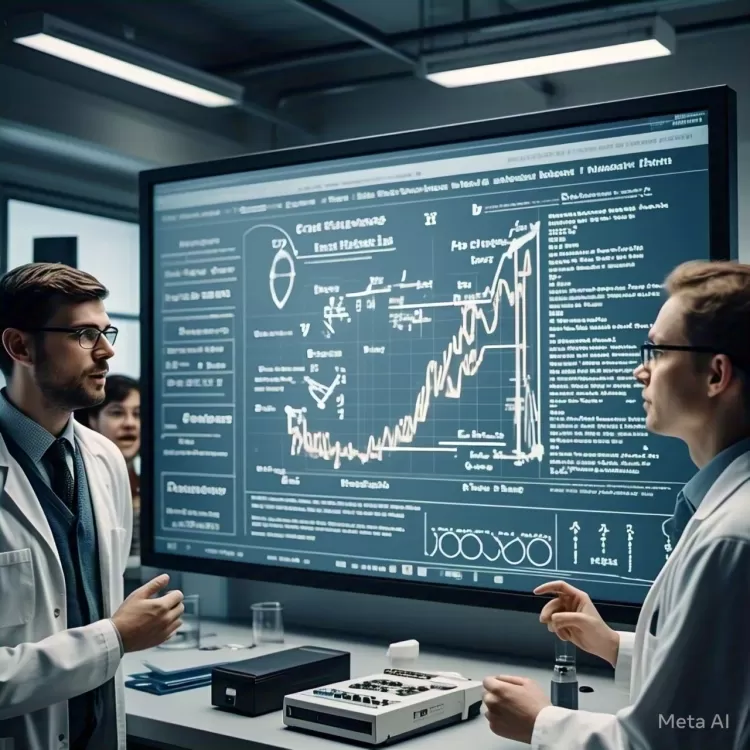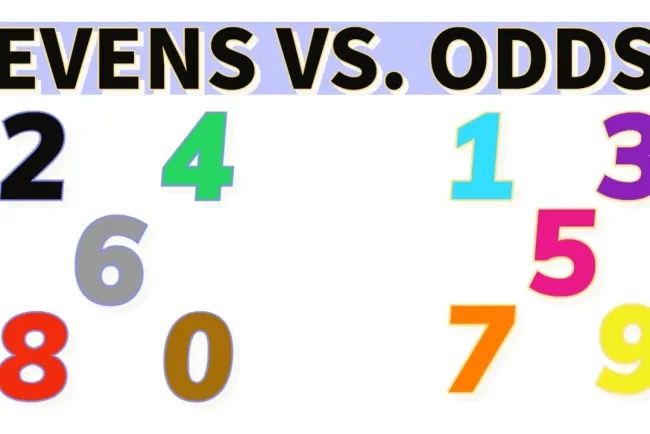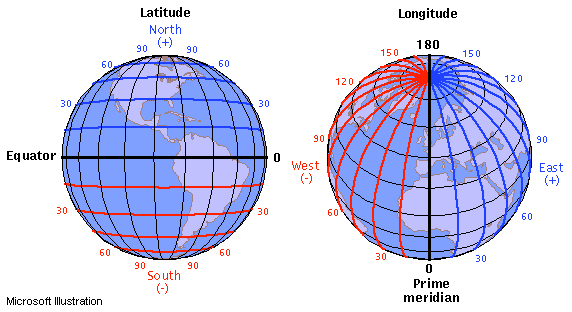Graph Transformers: A New Era for Inverse Physics Problems

The Challenge of Inverse Physics
Reconstructing the hidden state of a system based on sparse observations is a fundamental challenge across scientific domains. In aerodynamics, for instance, engineers need to infer the complete flow field around an airfoil using only surface pressure measurements. This problem is highly ill-posed—multiple possible solutions may exist for the same observations, and small measurement errors can drastically alter predictions.
Traditional computational methods like Computational Fluid Dynamics (CFD) and Finite Element Analysis (FEA) excel at forward physics problems—predicting outcomes from known conditions—but struggle with inverse problems due to their sensitivity and complexity. However, deep learning, particularly graph-based learning, offers a promising new approach.
A recent study introduces a Graph Transformer framework to reconstruct aerodynamic flow fields from limited surface measurements. This model combines the local expressiveness of message-passing neural networks (MPNNs) with the global reasoning power of Transformers, achieving high-accuracy flow reconstructions while maintaining computational efficiency. The approach represents a significant step forward in mesh-based inverse problems and could have broad applications in engineering and environmental modeling.
Understanding the Core Concepts
1. What Are Inverse Problems?
An inverse problem requires reconstructing an unknown state from incomplete observations. For example:
- Medical Imaging: Reconstructing internal body structures from X-ray projections.
- Seismology: Inferring underground structures from surface vibrations.
- Aerodynamics: Predicting air pressure and velocity fields from surface sensors.
Unlike forward problems, which predict an outcome from known conditions, inverse problems are challenging because they are often non-unique and highly sensitive to small measurement variations.
2. Why Are Aerodynamic Flow Reconstructions Difficult?
Aerodynamic flow fields are governed by complex partial differential equations (PDEs), such as the Navier-Stokes equations. These flows are:
- Multiscale: Turbulent flows contain both small and large-scale structures.
- Nonlinear: Small changes in conditions can lead to vastly different outcomes.
- Sparse in Data: Only surface pressure sensors are available, making full-field reconstruction difficult.
3. Graph-Based Learning for Physics Simulations
Graph Neural Networks (GNNs) have emerged as powerful tools for representing non-Euclidean domains, such as meshes in physics simulations. In a graph representation:
- Nodes represent points in the physical system (e.g., pressure sensors or fluid particles).
- Edges capture spatial relationships between nodes.
- Graph-based learning enables data-driven modeling of complex systems.
However, traditional GNNs rely on message-passing, where information propagates through neighboring nodes only. This local restriction makes it difficult to capture long-range dependencies, which are crucial for reconstructing flow features like wakes and turbulence.
A New Approach: The Graph Transformer
The study proposes a Graph Transformer framework that overcomes the limitations of message-passing neural networks. This model introduces:
-
Graph-Based Representation: The airfoil's surrounding flow field is represented as a graph, where:
- Measurement nodes (on the airfoil surface) provide observed pressure data.
- Field nodes (in the surrounding fluid) require reconstruction.
- Edges capture spatial relationships from the Computational Fluid Dynamics (CFD) mesh.
-
Combining Local and Global Processing:
- Message-Passing Neural Networks (MPNNs) handle local geometric features efficiently.
- Transformers enable global information propagation, helping the model learn long-range dependencies.
- This hybrid approach allows better modeling of complex aerodynamic flows.
-
Handling Sparse Measurements Efficiently:
- Only 1% of graph nodes contain actual sensor data.
- The Graph Transformer intelligently propagates this sparse information across the entire mesh.
Key Findings
The framework was tested on steady-state Reynolds-Averaged Navier-Stokes (RANS) simulations for various airfoil shapes. The results showed:
- High reconstruction accuracy of pressure and velocity fields.
- Fast inference times, making it practical for real-world applications.
- Robustness to reduced sensor coverage, meaning it can work even with fewer measurements.
Why This Matters: Real-World Applications
The ability to reconstruct full flow fields from sparse observations has far-reaching implications:
-
Aerospace Engineering
- Improve aircraft design by quickly estimating aerodynamic forces.
- Enable real-time condition monitoring of aircraft surfaces.
-
Autonomous Vehicles
- Underwater drones and aerial vehicles can sense and adapt to changing fluid conditions.
-
Wind Turbines & Energy
- Optimize wind turbine blade design by understanding flow interactions.
- Enable predictive maintenance to prevent failures.
-
Urban Air Quality Prediction
- Infer pollution dispersion patterns with minimal sensor deployment.
This research demonstrates that Graph Transformers can serve as general inverse physics engines, applicable to various engineering and scientific challenges beyond aerodynamics.
The Road Ahead: Future Directions
While the Graph Transformer model achieves impressive results, there are several potential areas for future improvement:
-
Scaling to Larger Systems
- Current models are limited by GPU memory constraints.
- Efficient architectures could allow real-time flow reconstruction for complex 3D geometries.
-
Integrating Multi-Physics Data
- Combining temperature, pressure, and structural deformation could enable more accurate multiphysics simulations.
-
Learning from Unsteady Flows
- Extending this model to time-dependent simulations could allow predictions for turbulent flows and gust responses.
-
Generalizing to Other Domains
- Similar models could be applied to medical imaging, geophysics, and oceanography.
Conclusion: A Step Toward Smarter Physics Modeling
The proposed Graph Transformer framework marks a significant advancement in inverse physics problems, particularly for aerodynamic flow reconstruction. By combining local geometric processing with global attention mechanisms, it enables efficient, high-accuracy reconstructions from sparse measurements.
This breakthrough has broad implications, from improving aircraft designs to enhancing autonomous navigation and predicting environmental conditions. As research in graph-based deep learning advances, we can expect even more powerful tools for solving complex physics problems across disciplines.
The question now is: What other inverse problems can we solve using this approach?
What's Your Reaction?

















